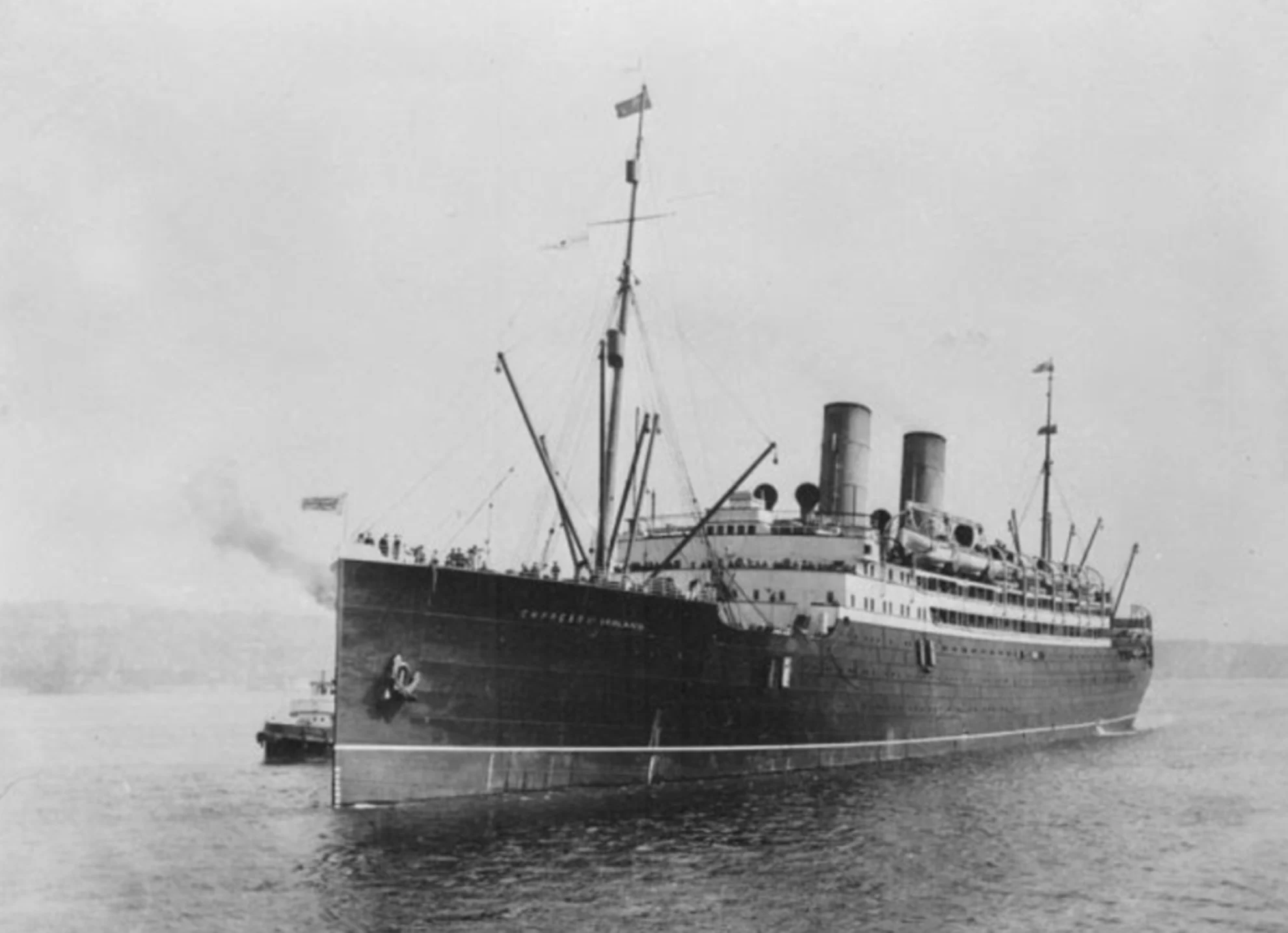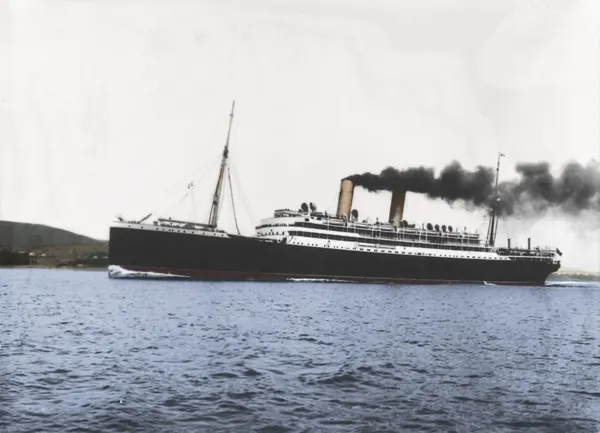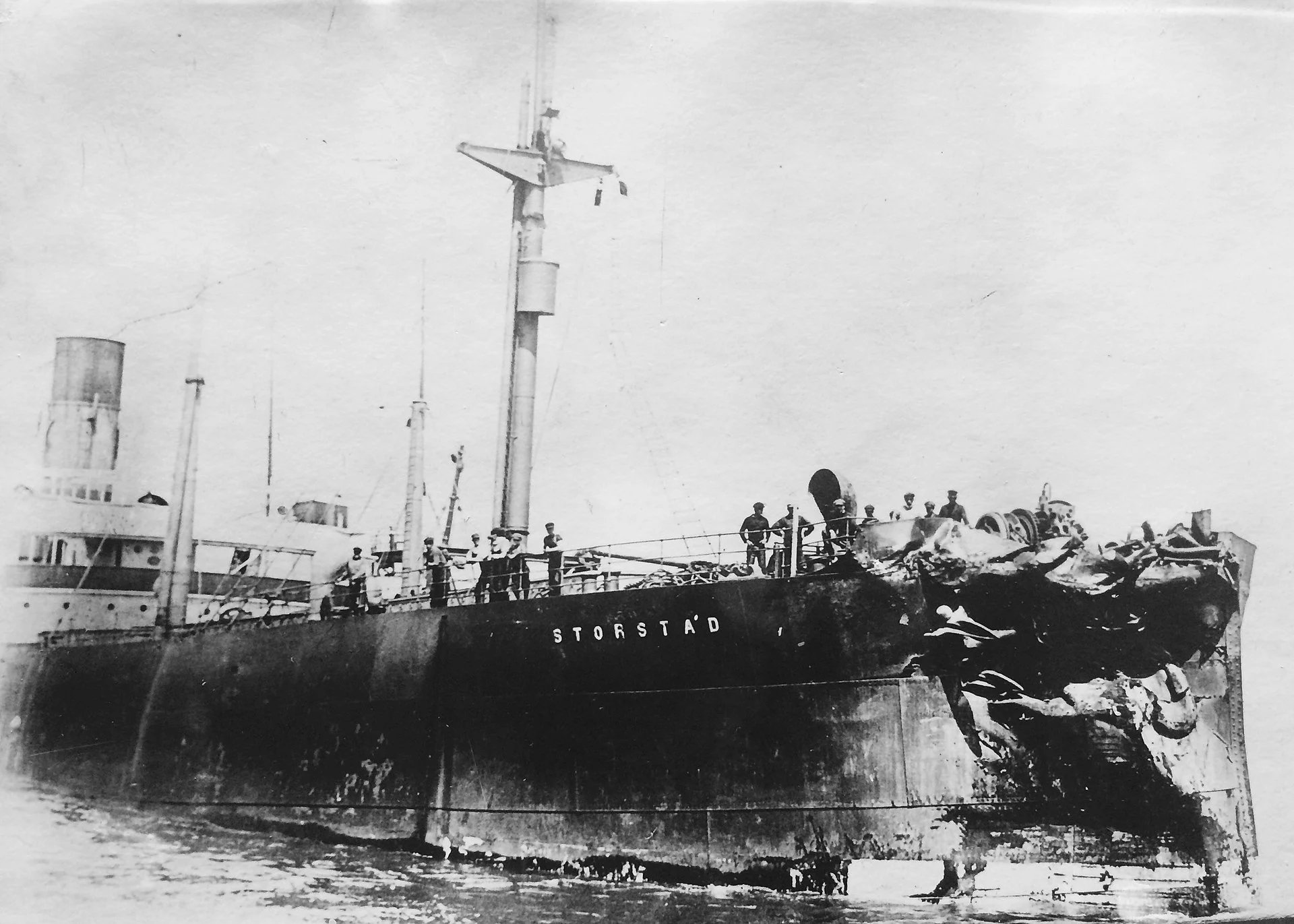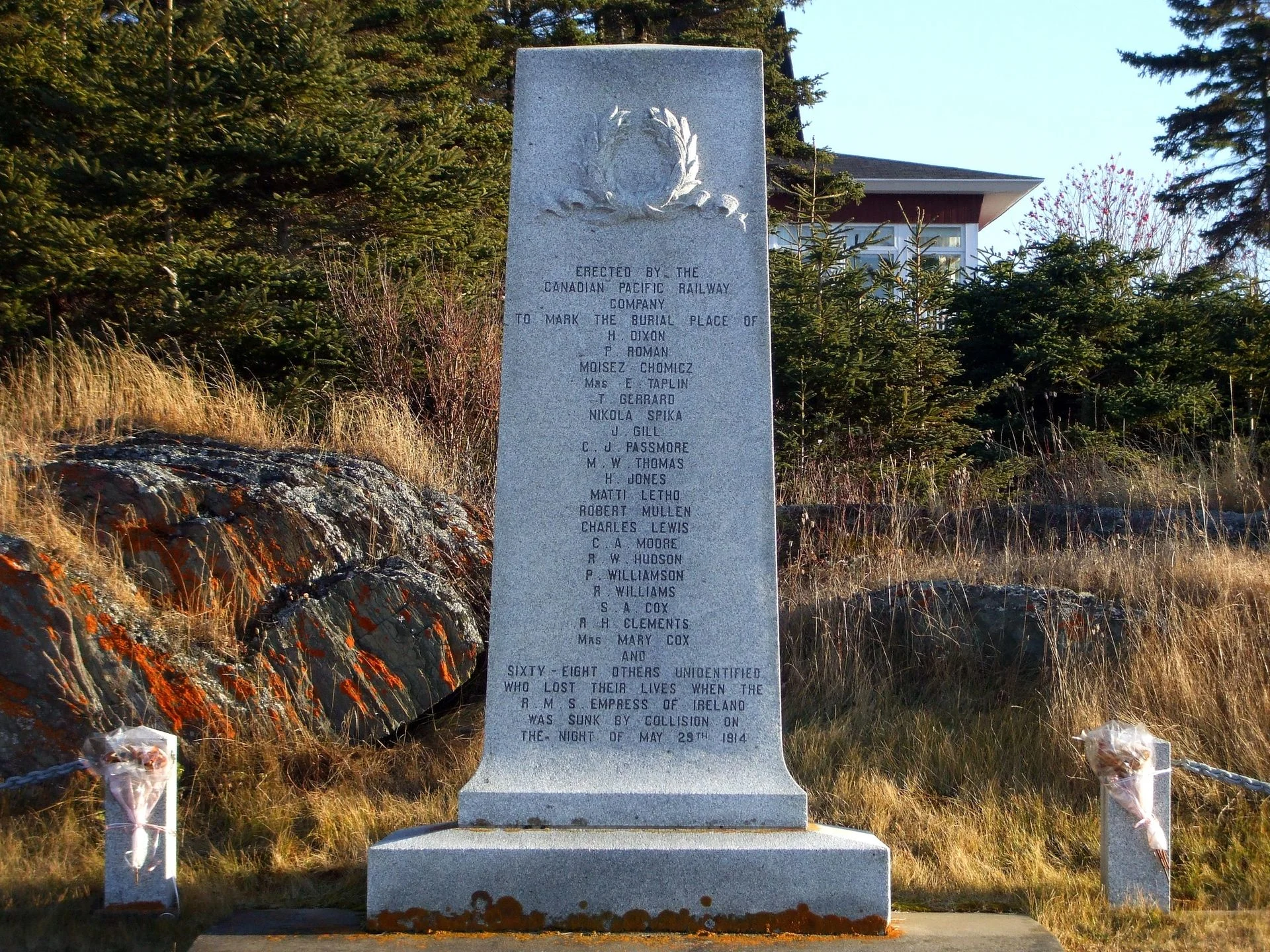
Canada's worst peacetime marine disaster was caused by fog
On this day in weather history, the Empress of Ireland sunk.
This Day In Weather History is a daily podcast by Chris Mei from The Weather Network, featuring stories about people, communities and events and how weather impacted them.
--
On Friday, May 29, 1914, the RMS Empress of Ireland collided with the Norwegian collier Storstad and sunk to the floor of the St. Lawrence River near Rimouski, Que.
The RMS Empress of Ireland was built by Fairfield Shipbuilding and Engineering in Glasgow, Scotland and launched on Jan. 17, 1906. The ship had enough space for 1,542 passengers divided into four classes and seven decks.

Coloured picture of the RMS Empress of Ireland. Courtesy of Wikipedia
After the Titanic sunk in 1912, many liners, including Empress of Ireland, updated their life-saving equipment. However, the Titanic's watertight doors could be controlled from the ship's bridge and the Empress of Ireland's were manual.
On Thursday, May 28, 1914, the Empress of Ireland left Quebec City for Liverpool. The ocean liner was carrying 420 crew and 1,057 passengers, for a total of 1,477 people on board. There were 87 first-class passengers, 253 that were second-class, and 717 that were third-class.
Empress of Ireland was on course and saw the masthead lights of SS Storstad on her starboard bow. Storstad also saw the Empress of Ireland's masthead lights. The ships were able to see each other in clear weather, but soon they were both engulfed in heavy fog.
Both ships started using their fog whistles, but at 01:56, they collided. The Storstad impacted Empress of Ireland's starboard side.
Storstad wasn't too badly damaged, but Empress of Ireland was left with a large hole. Freezing water quickly rushed into the ship, and the lower decks started to flood.

"Damage sustained by Storstad after its collision with Empress of Ireland." Courtesy of Wikipedia
The water was rushing in too quickly for the crew to shut the watertight doors. Most people in the lower decks drowned quite quickly. Those in the higher decks had a chance to respond.
The ship swiftly listed starboard, rendering the port lifeboats unusable. Five starboard lifeboats successfully launched.
Five or six minutes after the crash, the power failed on the ship. Then in another five or six minutes, the ship's list was so severe that around 700 passengers and crew crawled onto the port side.
At 02:10, the bow rose out of the water and then the ship sank. It sank about 14 minutes after the collision. Those remaining on the ship plunged into near-freezing water.
In total, 1,012 people died, making it the worst peacetime marine catastrophe in Canada's history. Out of the 465 survivors, there were 248 crew, 36 first-class, 48 second-class, and 133 third-class.

"Memorial monument at Pointe-au-Père, Que." Courtesy of Alcide55 G.Bouchard/Wikipedia/CC BY-SA 3.0
To learn more about the Empress of Ireland, listen to today's episode of "This Day In Weather History."
Subscribe to 'This Day in Weather History': Apple Podcasts | Amazon Alexa | Google Assistant | Spotify | Google Podcasts | iHeartRadio | Overcast'
Thumbnail: The Empress of Ireland. Courtesy of Library and Archives Canada/Wikipedia